Landmarks are more than just tourist attractions; they are gateways to history, culture, and fascinating stories. Discovering the hidden details about these iconic sites can enhance your appreciation and make your visits even more memorable. Here are 18 little-known facts about some of the world’s most famous landmarks.
Christ the Redeemer (Rio De Janeiro, Brazil)
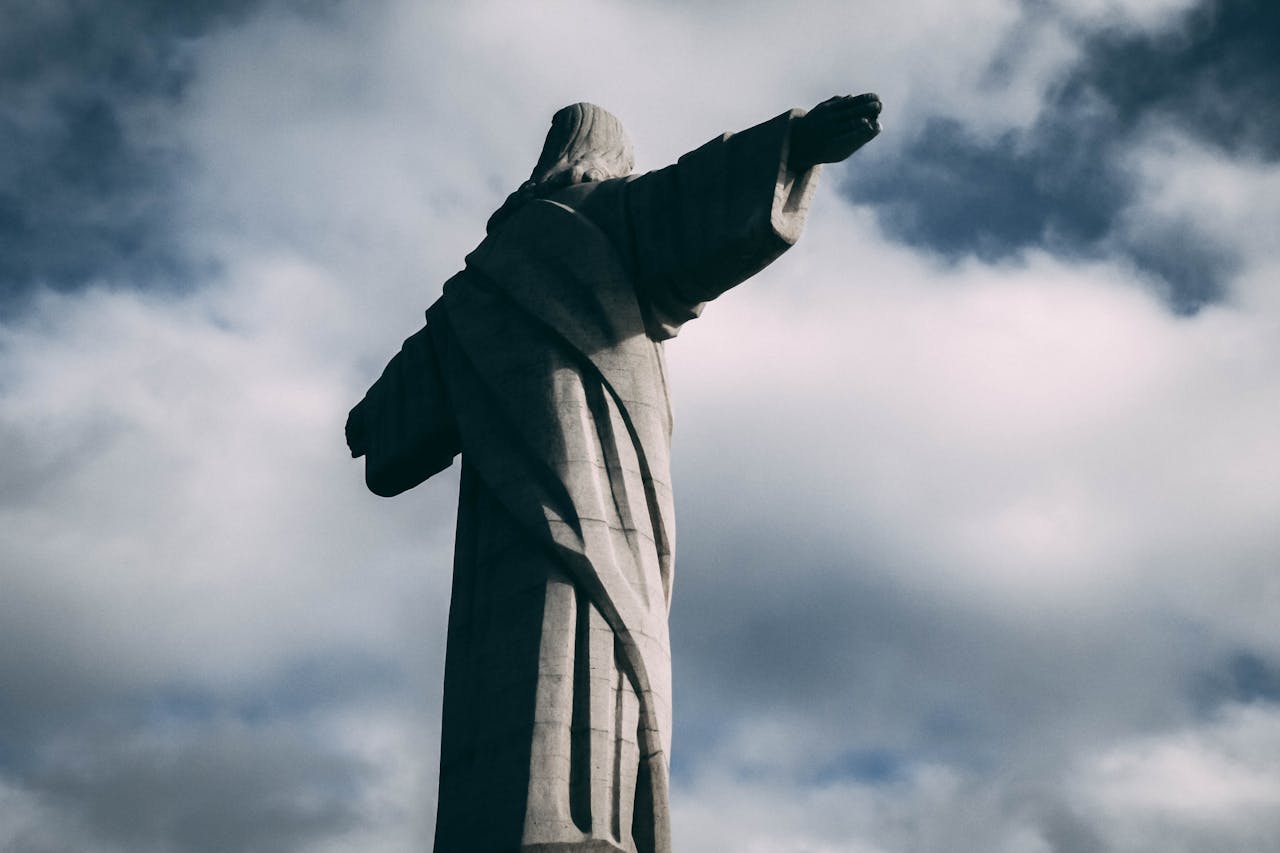
Christ the Redeemer is one of the New Seven Wonders of the World. The statue stands 98 feet tall, not including its 26-foot pedestal. It took nine years to build, from 1922 to 1931. The statue is made of reinforced concrete and soapstone, making it resilient to weather.
Big Ben (London, England)
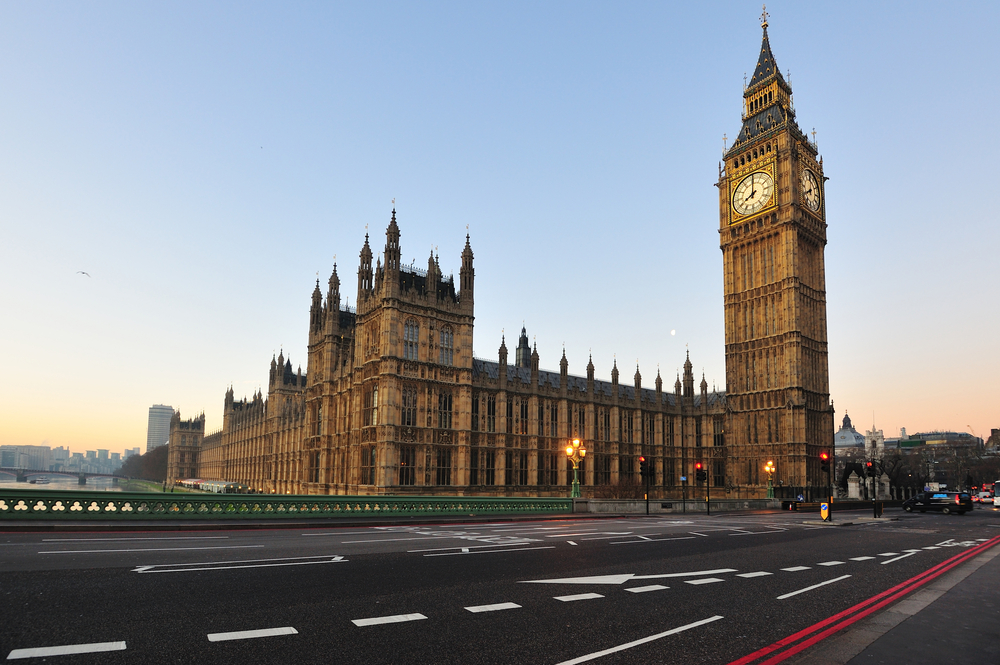
Big Ben is not the tower but the bell inside it. The clock tower itself is called the Elizabeth Tower. The bell weighs over 13 tons. The clock has rarely stopped, even during the Blitz in World War II. The tower leans slightly to the northwest due to ground conditions.
Eiffel Tower (Paris, France)
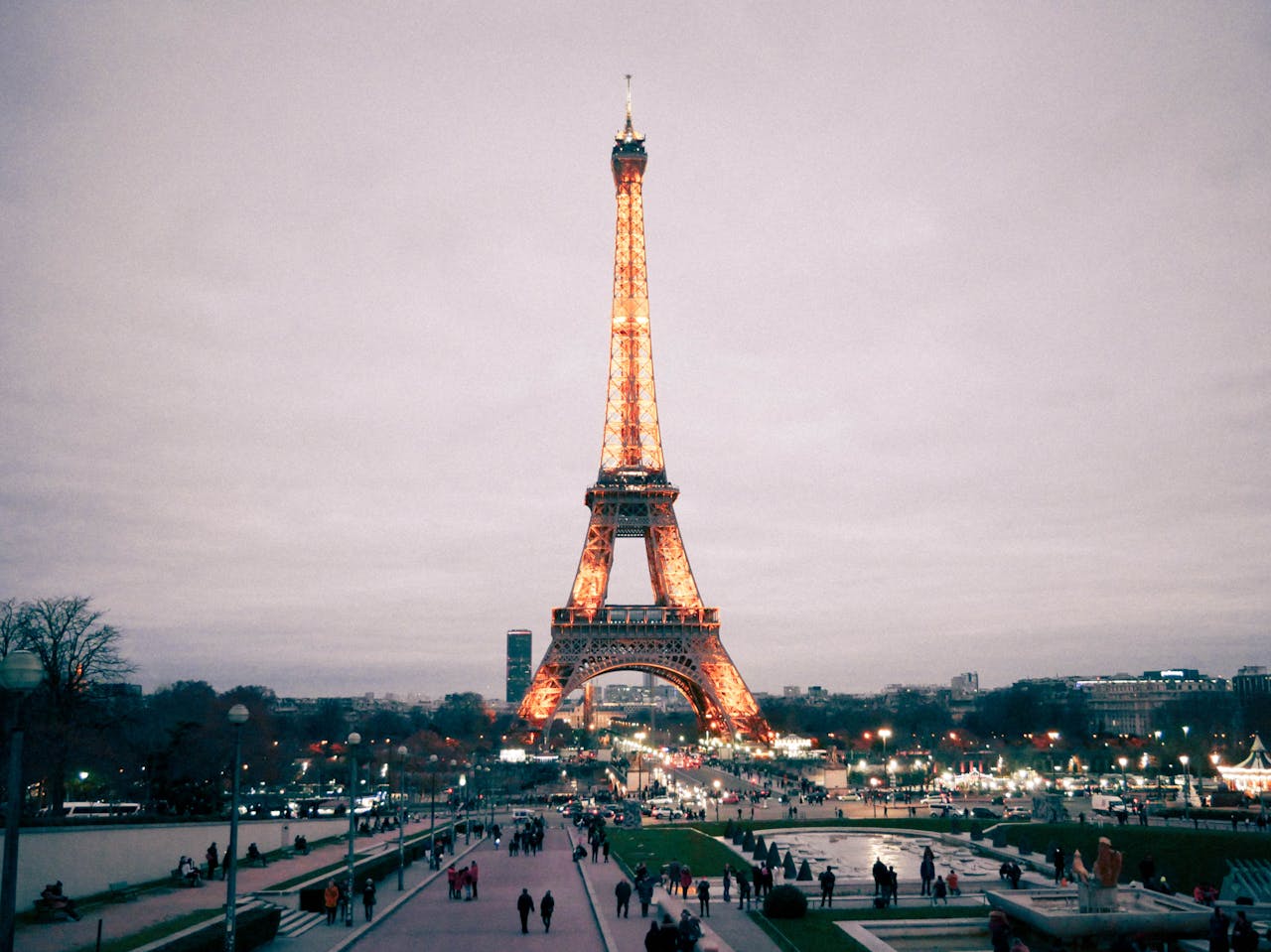
The Eiffel Tower was almost dismantled after 20 years. Gustave Eiffel, the engineer, had a permit for 20 years, but it was saved because of its usefulness as a radio transmission tower. It was the tallest man-made structure for 41 years. The tower is painted every seven years to prevent rust.
Great Wall of China (China)
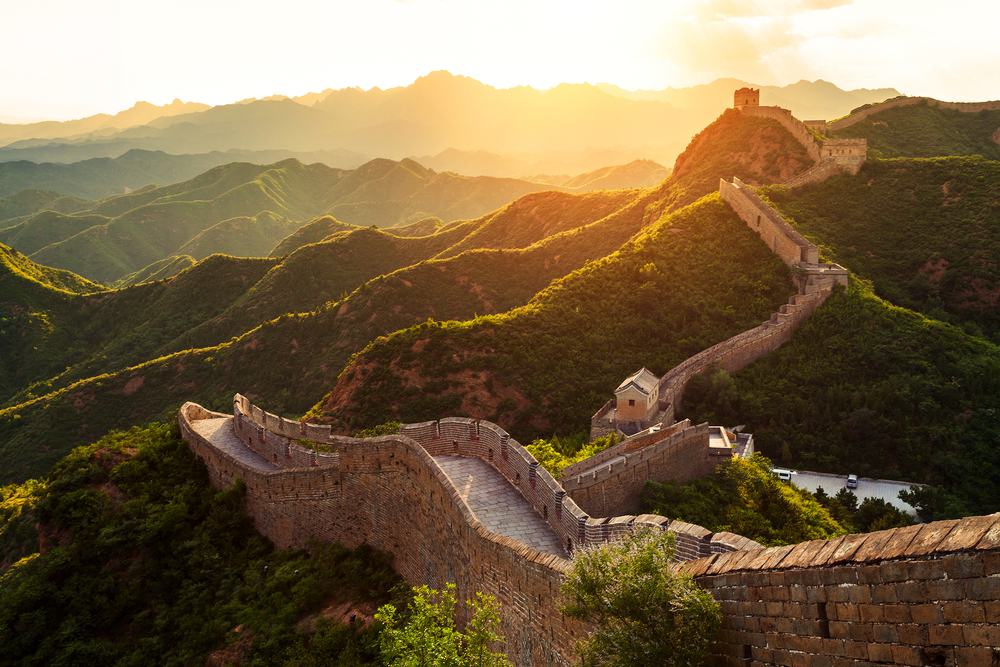
The Great Wall of China is not a single continuous wall. It is a series of walls and fortifications built by various dynasties. It stretches over 13,000 miles. Contrary to popular belief, it is not visible from space with the naked eye. The wall was primarily built to protect against invasions.
Empire State Building (New York, New York)
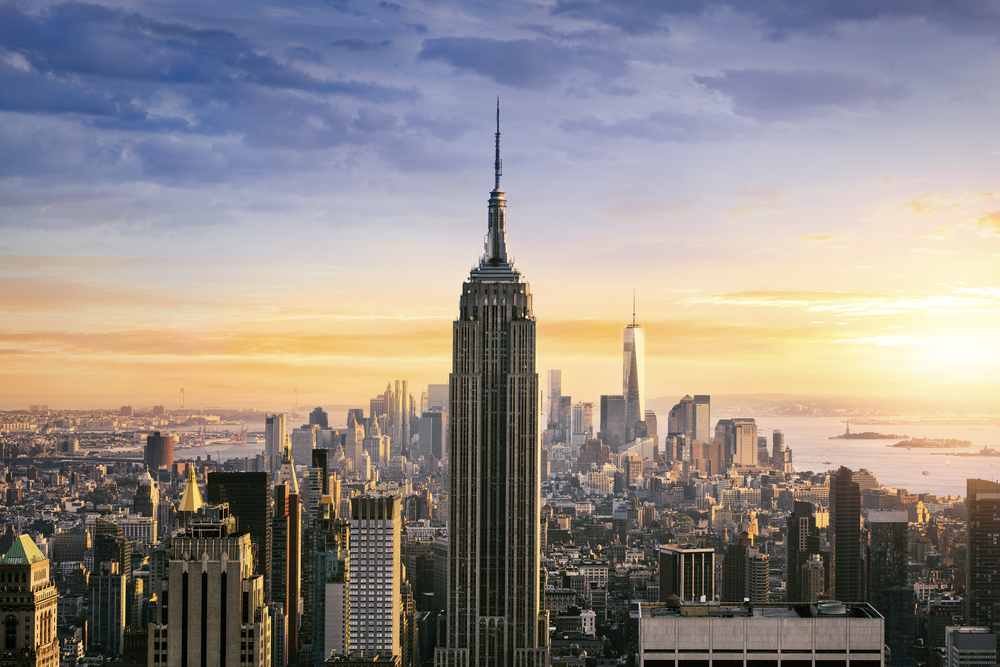
The Empire State Building was constructed during the Great Depression. It was completed in just 13 months. The building stood as the world’s tallest for nearly 40 years. Its design was inspired by the pencil. The building has its own ZIP code: 10118.
Golden Gate Bridge (San Francisco, California)
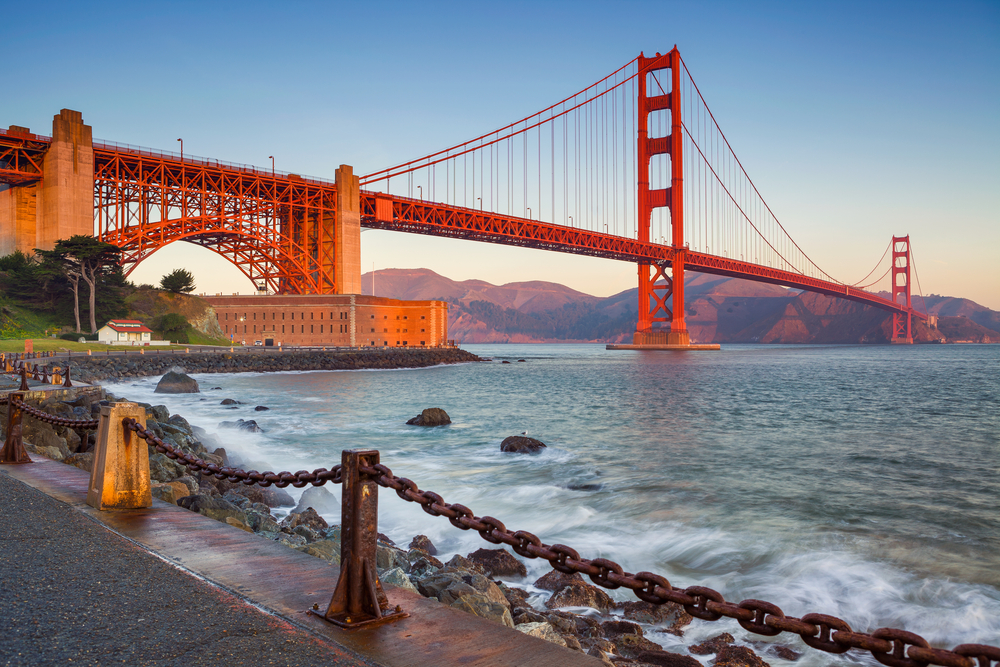
The Golden Gate Bridge is known for its striking International Orange color. The color was chosen to enhance visibility in San Francisco’s frequent fog. The bridge took four years to build and was completed in 1937. It is designed to sway more than 27 feet to withstand strong winds.
Taj Mahal (Agra, India)
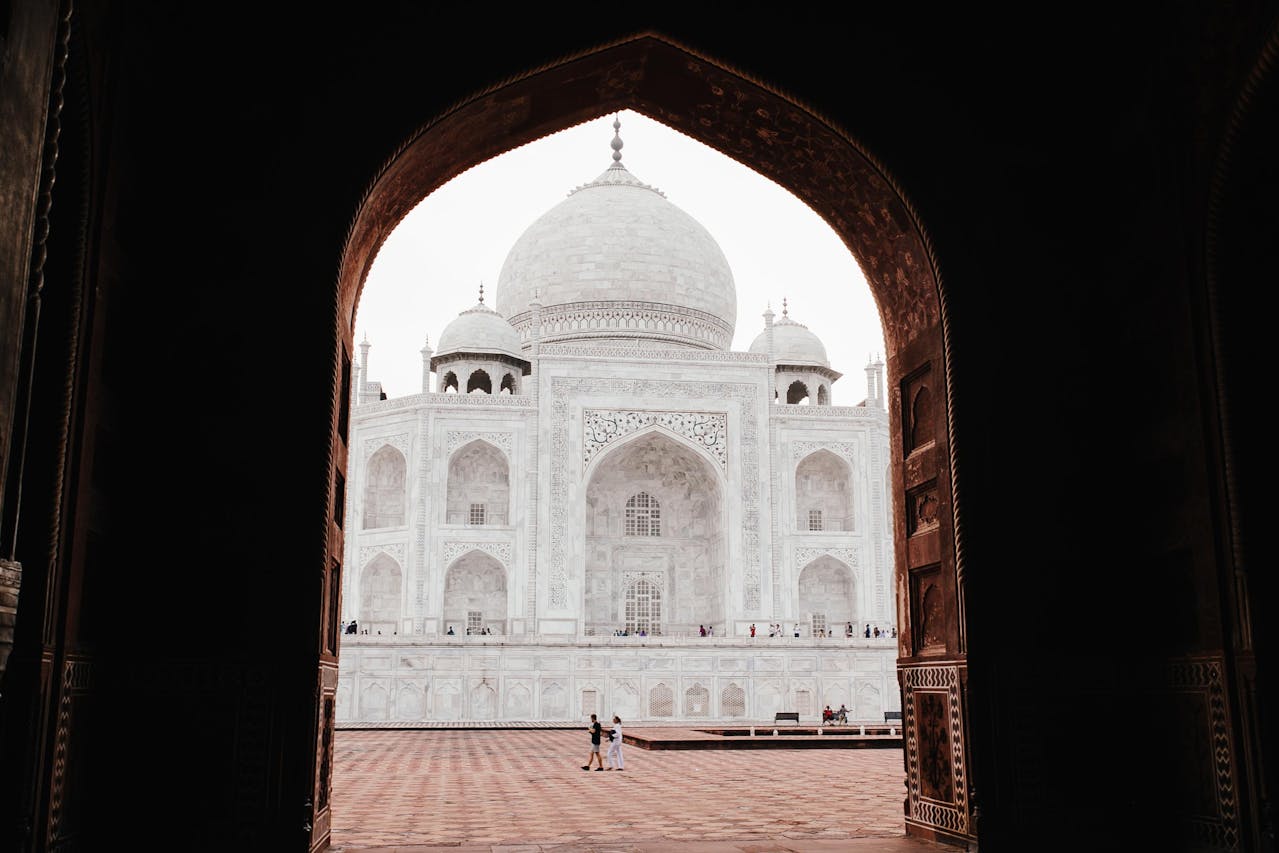
The Taj Mahal changes color throughout the day. It appears pink in the morning, white during the day, and golden at night under the moonlight. It took 22 years and 20,000 workers to complete. The monument was built by Emperor Shah Jahan in memory of his wife Mumtaz Mahal. It is made of white marble from Makrana, Rajasthan.
Colosseum (Rome, Italy)
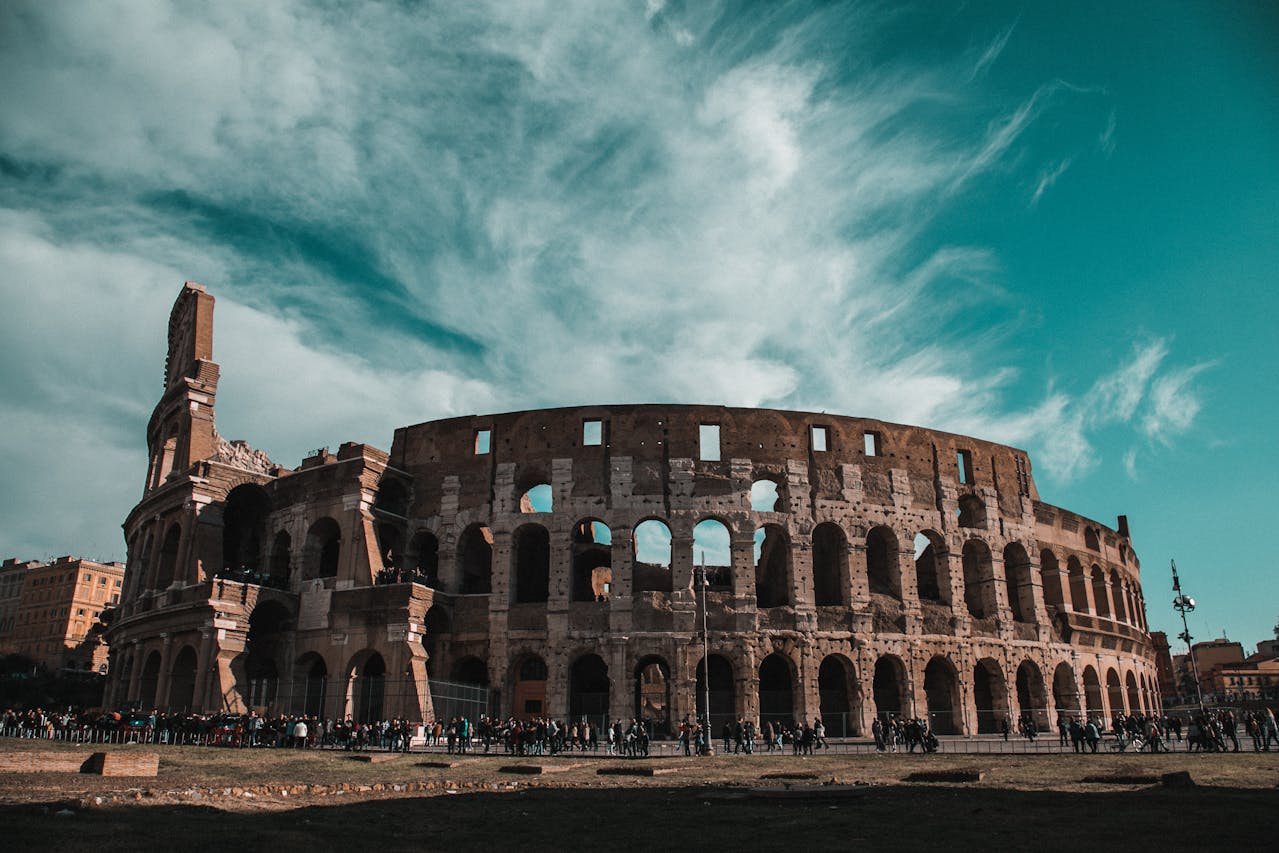
The Colosseum could hold up to 80,000 spectators. It was used for gladiatorial contests and public spectacles like animal hunts and mock sea battles. The structure is made of travertine limestone and volcanic rock. About two-thirds of the original Colosseum has been destroyed over time due to earthquakes and stone robbers.
Leaning Tower of Pisa (Pisa, Italy)
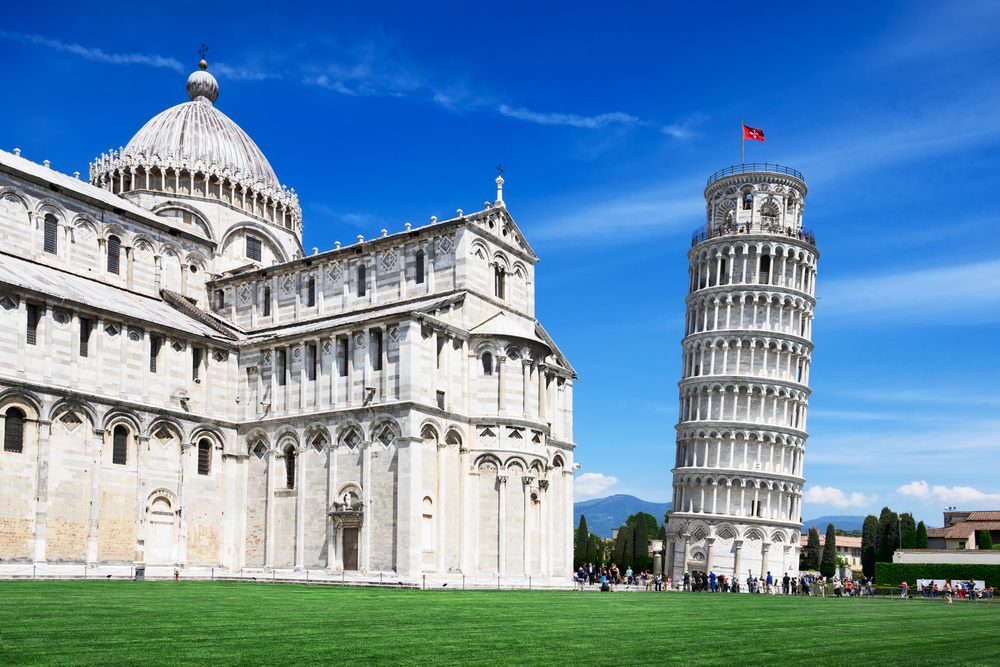
The Leaning Tower of Pisa began leaning during its construction in the 12th century. The tilt is due to the unstable foundation soil. The tower has been stabilized to prevent further leaning. It took nearly 200 years to complete. The tower is 56 meters tall on the higher side and 57 meters on the lower side.
Sydney Opera House (Sydney, Australia)
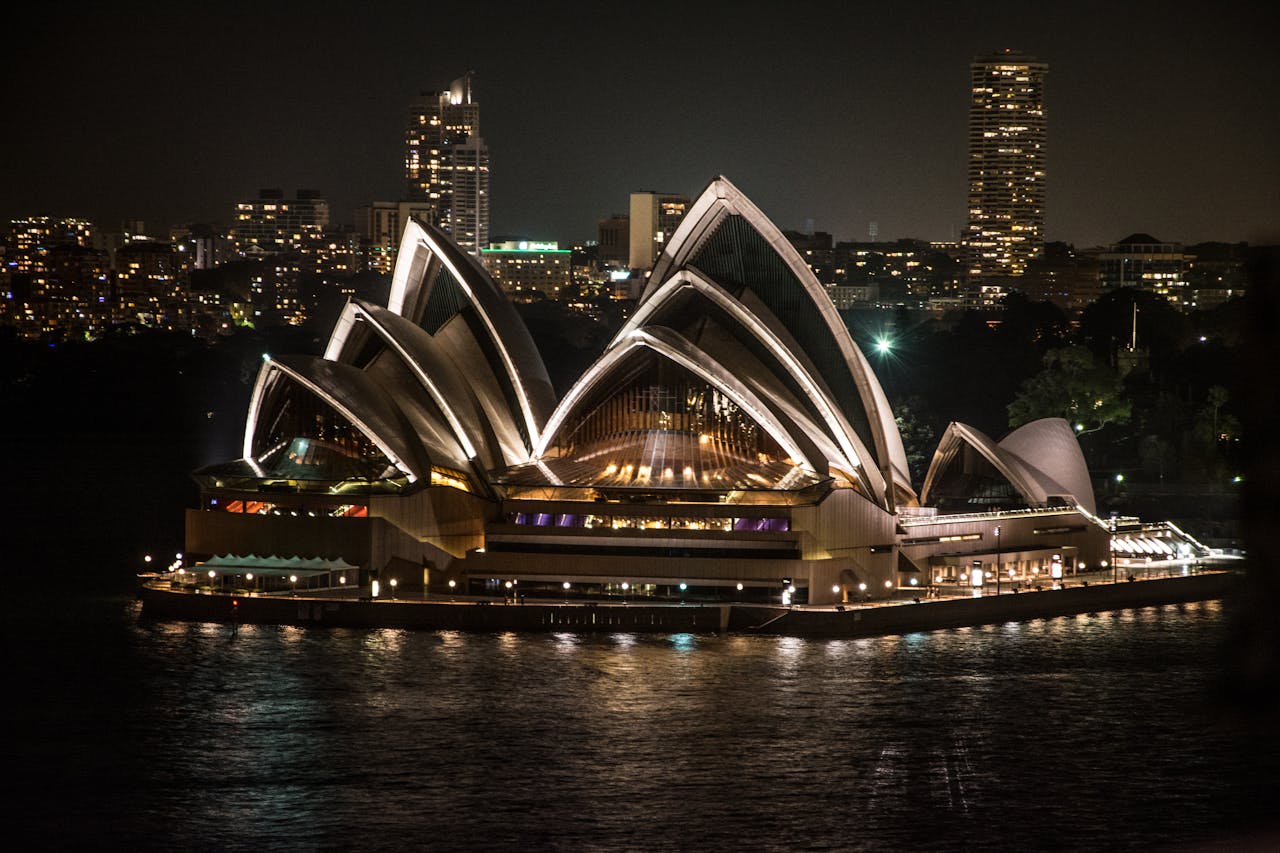
The Sydney Opera House’s design was inspired by nature, such as shells and snails. It took 14 years to build and was completed in 1973. The roof is made up of over one million tiles. The Opera House hosts over 1,500 performances each year.
Gateway Arch (St. Louis, Missouri, U.S.)
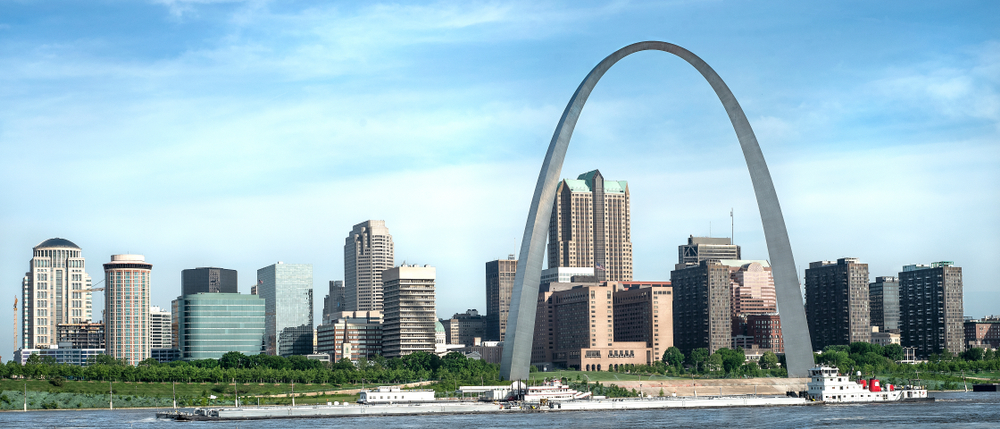
The Gateway Arch is the tallest man-made monument in the U.S. It stands 630 feet tall. The arch was built as a monument to the westward expansion of the United States. It is designed to withstand earthquakes and high winds. The stainless steel structure took two years to build, from 1963 to 1965.
Washington Monument (Washington, D.C.)
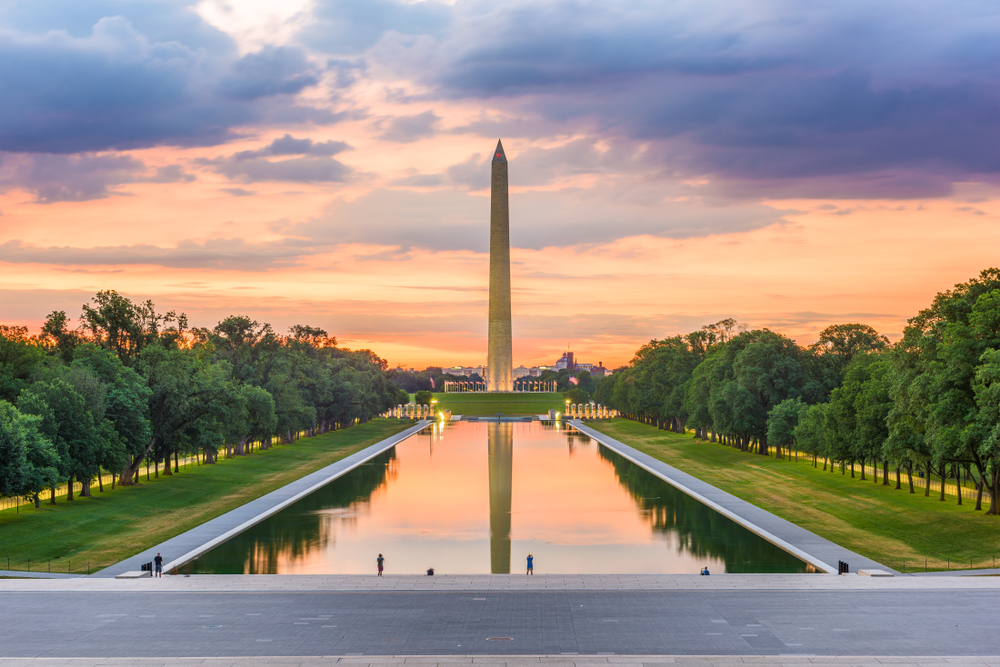
The Washington Monument is the world’s tallest stone structure and obelisk. It stands 555 feet tall. Construction began in 1848 but was halted for 23 years due to a lack of funds and the Civil War. It was finally completed in 1884. The monument is made of marble, granite, and bluestone gneiss.
Space Needle (Seattle, Washington, U.S.)
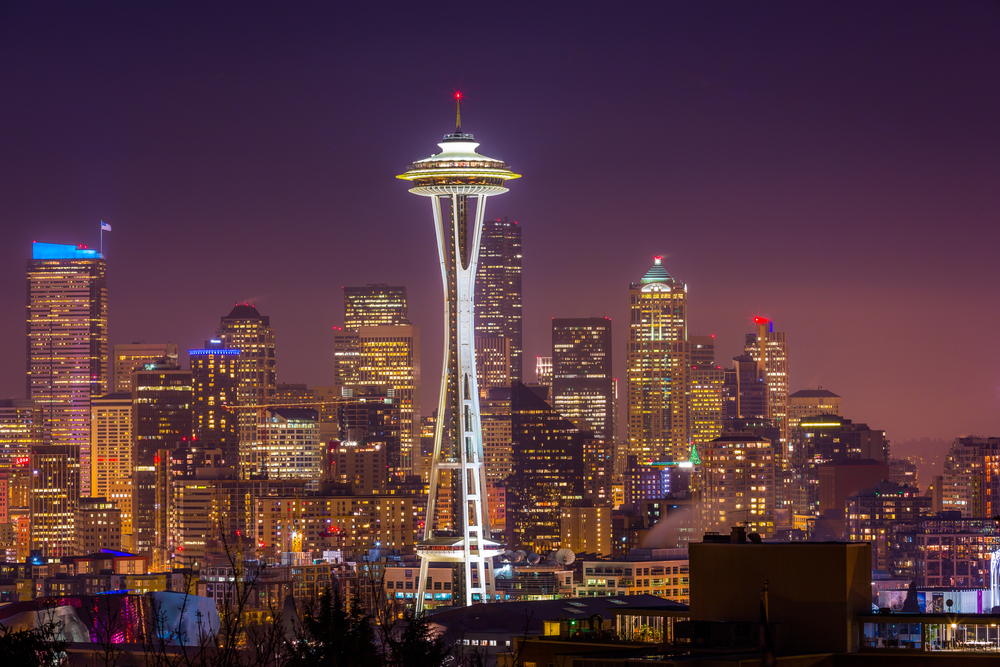
The Space Needle was built for the 1962 World’s Fair. It stands 605 feet tall and was constructed in just 400 days. The design was inspired by the idea of a flying saucer. The Space Needle can withstand winds of up to 200 miles per hour and earthquakes of up to 9.0 magnitude.
Liberty Bell (Philadelphia, Pennsylvania, U.S.)
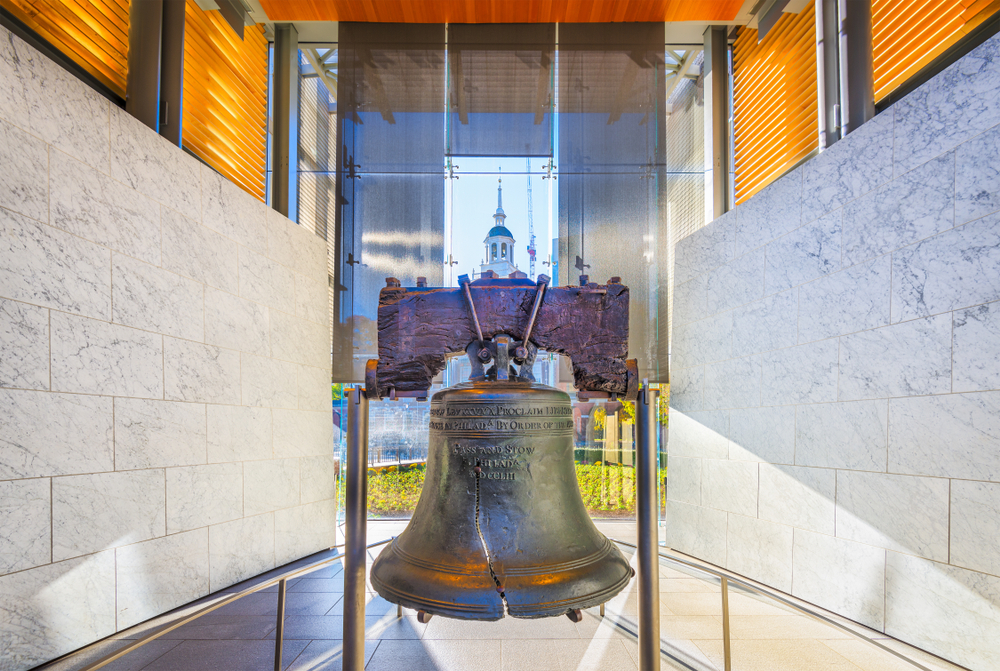
The Liberty Bell is famous for its distinctive crack. It cracked the first time it was rung after its arrival in Philadelphia. The bell weighs 2,080 pounds and is made of 70% copper. It last rang on George Washington’s birthday in 1846. The bell’s inscription reads, “Proclaim LIBERTY Throughout all the Land unto all the Inhabitants Thereof.”
Stonehenge (Wiltshire, United Kingdom)
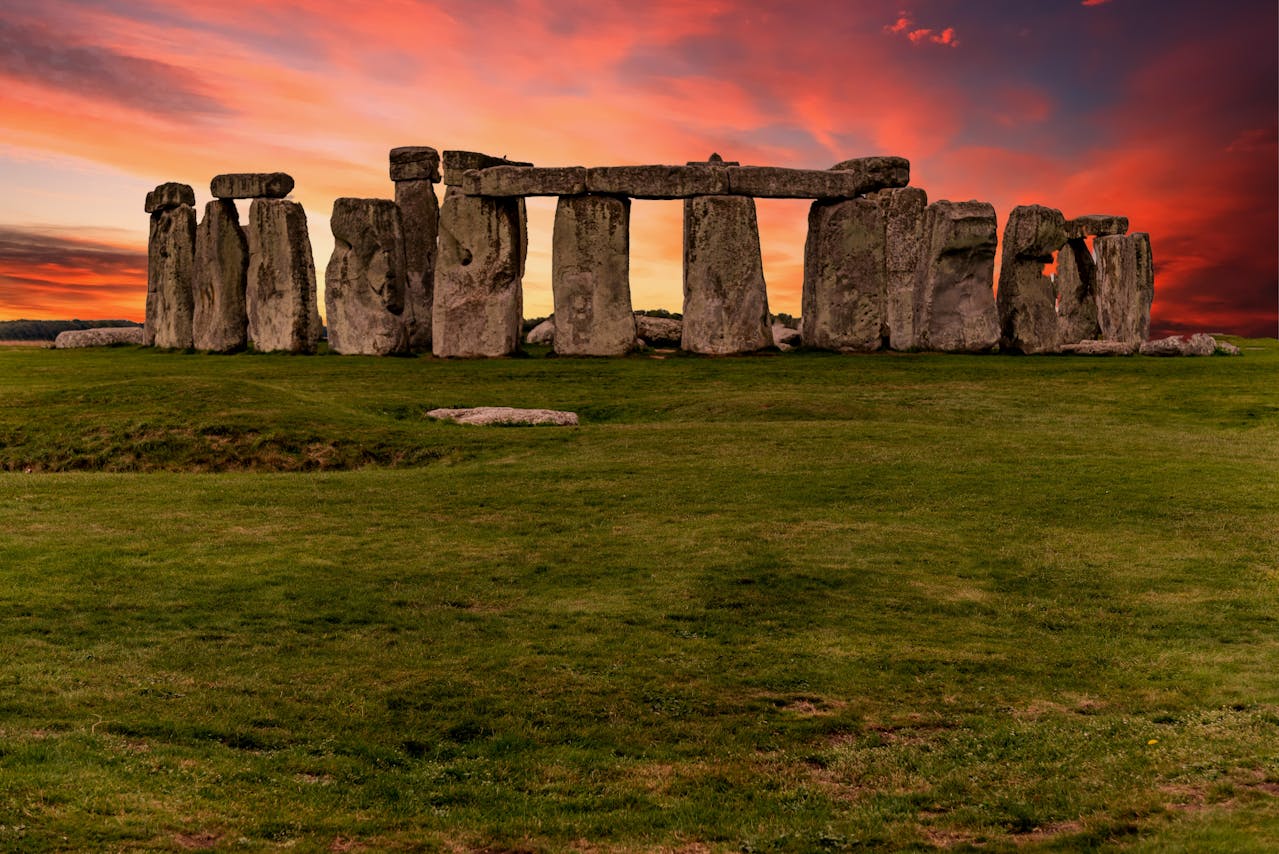
Stonehenge is believed to be over 5,000 years old. The stones are arranged in a circle, with each standing stone around 13 feet high. The site is aligned with the sunrise on the summer solstice. The purpose of Stonehenge remains a mystery. It was constructed in several stages over 1,500 years.
Mount Rushmore (Keystone, South Dakota)
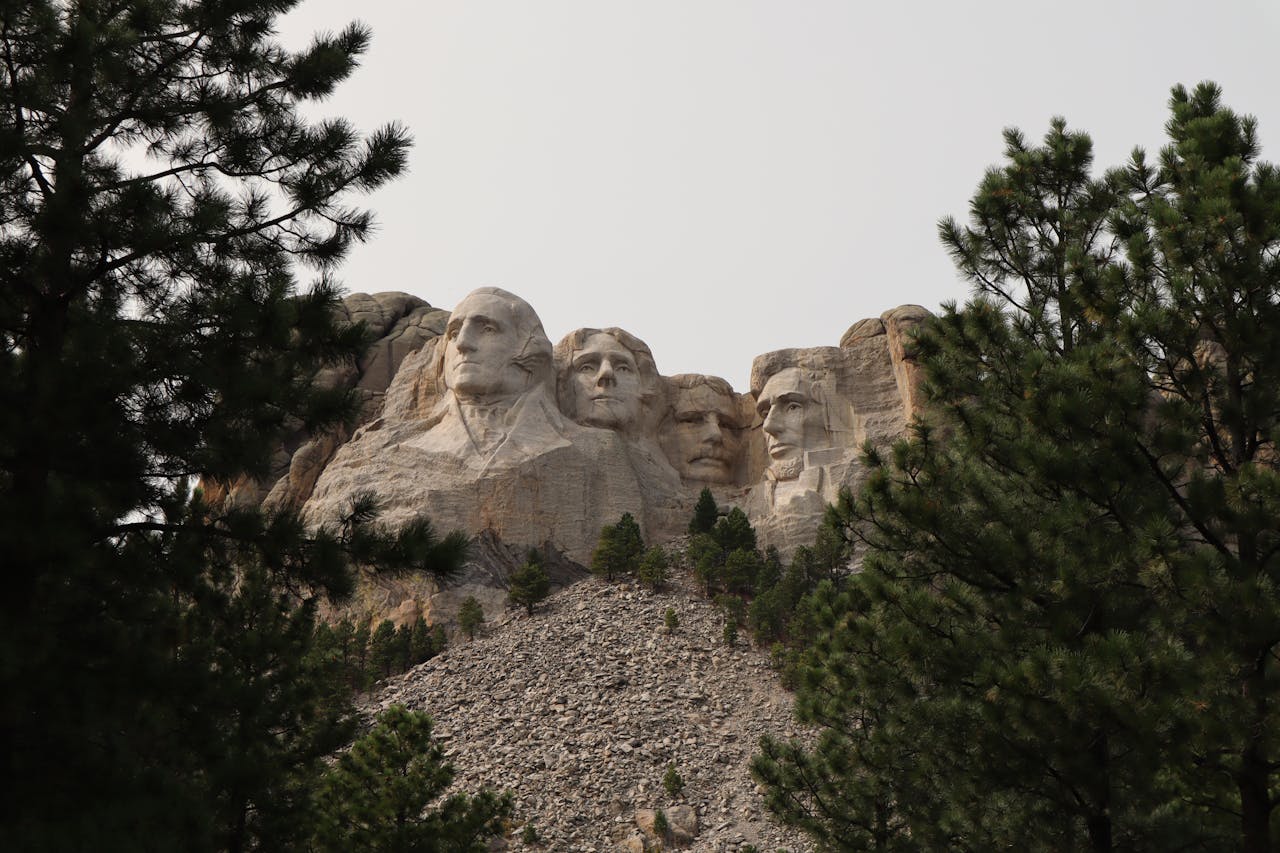
Mount Rushmore features the faces of four U.S. presidents: George Washington, Thomas Jefferson, Theodore Roosevelt, and Abraham Lincoln. The monument was carved over 14 years, from 1927 to 1941. The faces are 60 feet high. The granite sculpture was designed by Gutzon Borglum.
The Sphinx (Egypt)
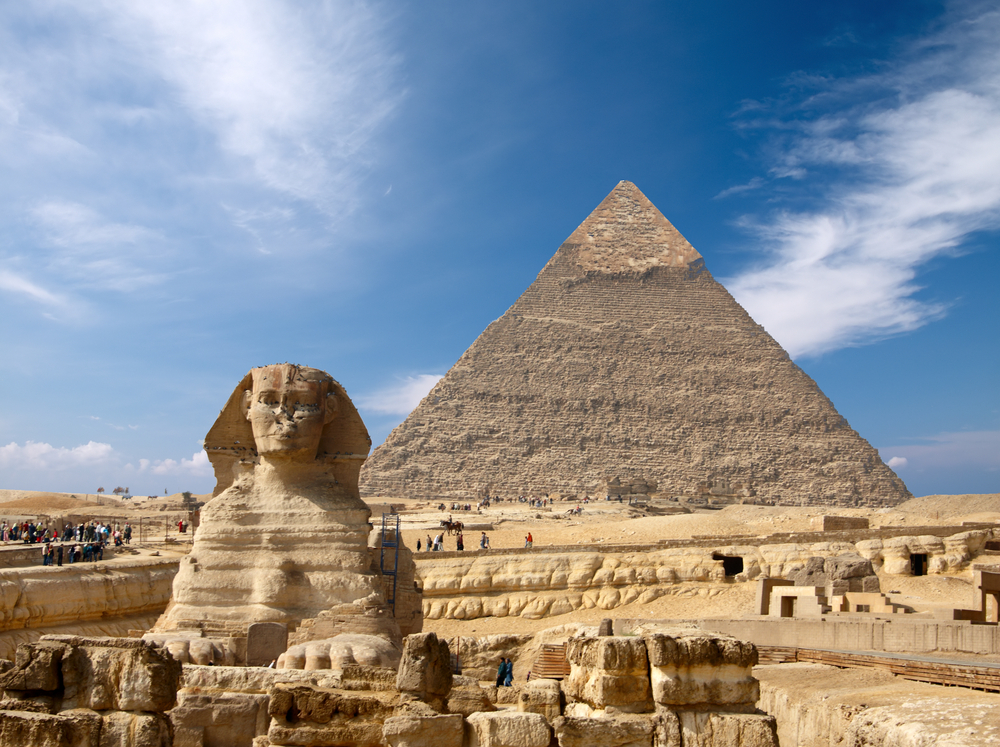
The Great Sphinx of Giza is one of the oldest and largest statues in the world. It is believed to represent Pharaoh Khafre. The statue is 240 feet long and 66 feet high. The Sphinx was carved from a single piece of limestone. The nose is missing, likely removed by invaders or erosion.
The Beehive (New Zealand)
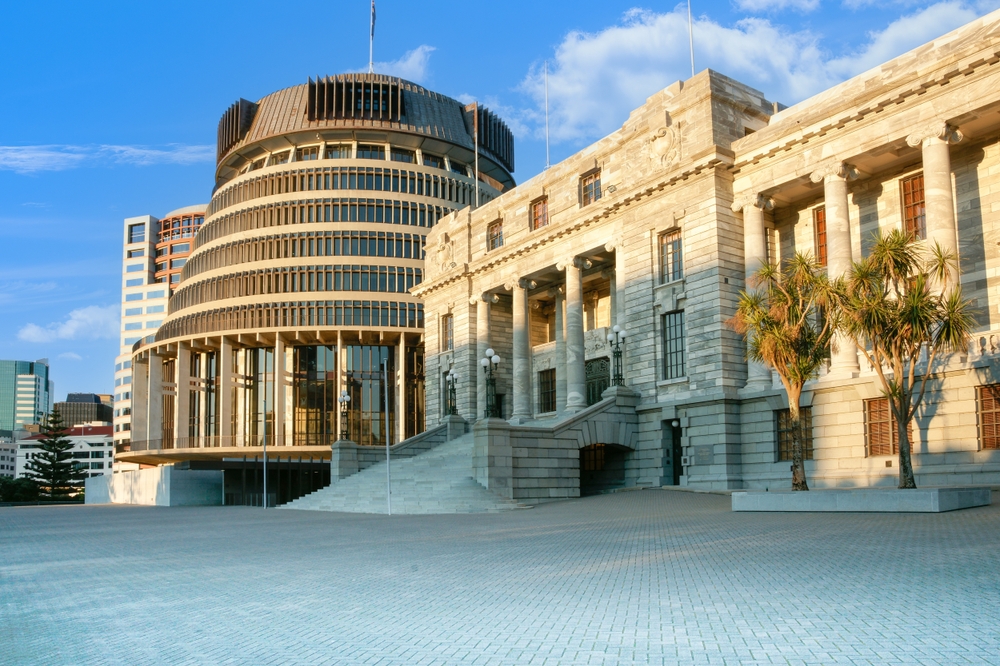
The Beehive is the executive wing of the New Zealand Parliament Buildings. Its unique shape resembles a traditional woven beehive. It was designed by British architect Sir Basil Spence. Construction began in 1969 and was completed in 1981. The building houses the offices of the Prime Minister and other ministers.
This article originally appeared on UnifyCosmos.
More from UnifyCosmos
20 Top Retirement Spots in the U.S. with a Mediterranean Flair
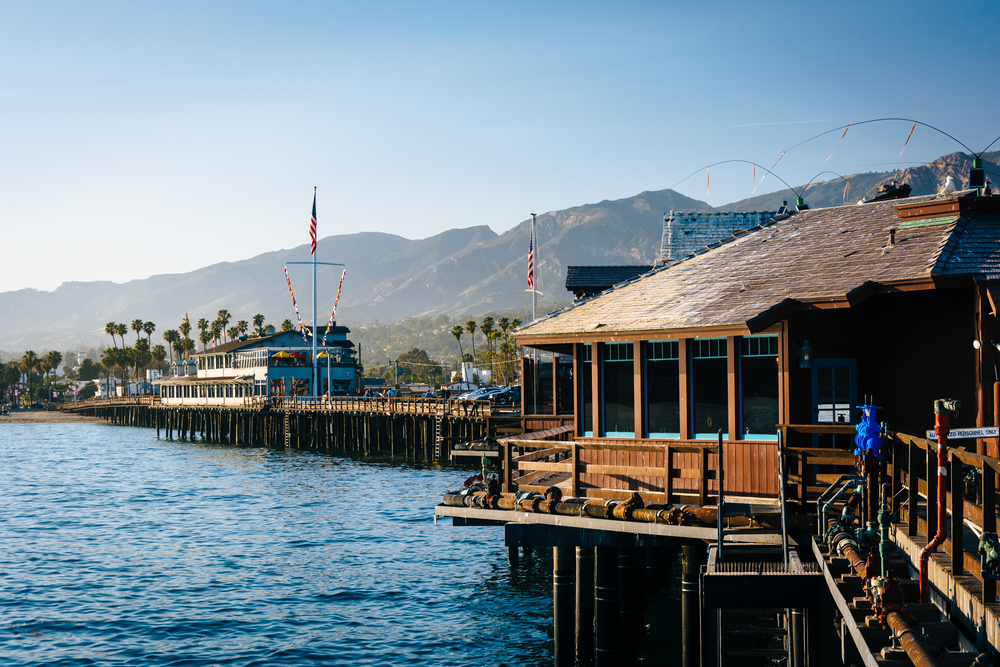
If you’re dreaming of a retirement that feels like a Mediterranean escape without leaving the U.S., you’re in luck. There are charming spots across the country that offer the warm climate, scenic beauty, and relaxed lifestyle reminiscent of the Mediterranean. Read More
21 Effective Methods to Improve Your Focus and Concentration

Maintaining focus and concentration can be challenging in our fast-paced world filled with distractions. Whether you’re working, studying, or simply trying to stay on task, finding effective ways to improve your mental clarity is essential. Read More
20 Unbelievable Details About the Construction of the Petronas Towers
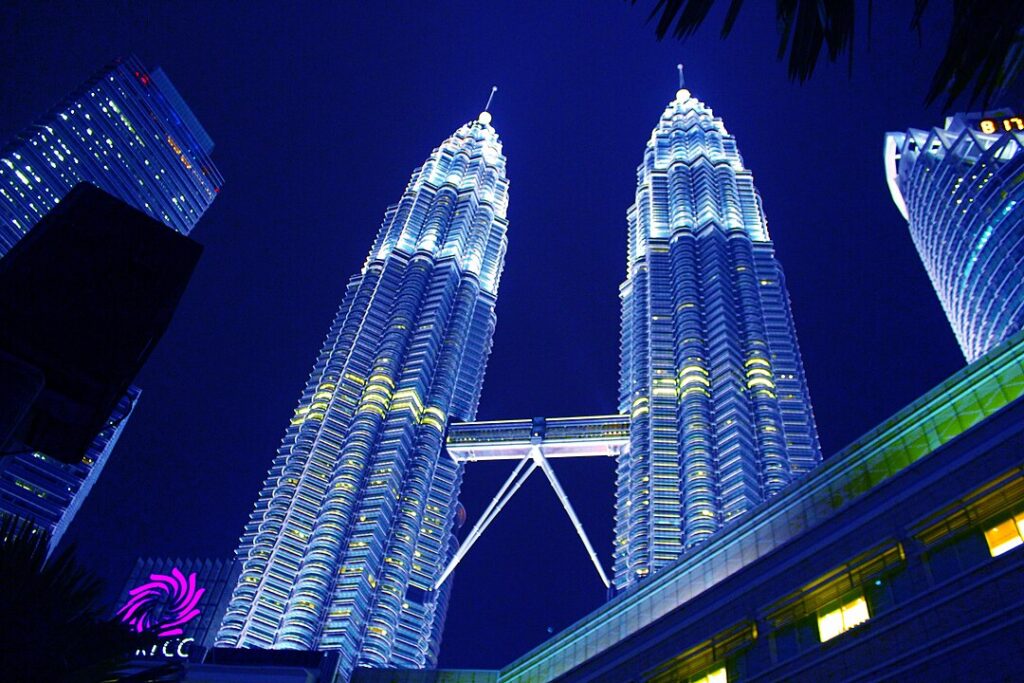
The Petronas Towers in Kuala Lumpur are not just an iconic landmark but also a marvel of modern engineering. Standing tall as the world’s tallest twin towers, their construction involved numerous groundbreaking techniques and incredible details that continue to amaze architects and engineers alike. Read More
Leave a Reply